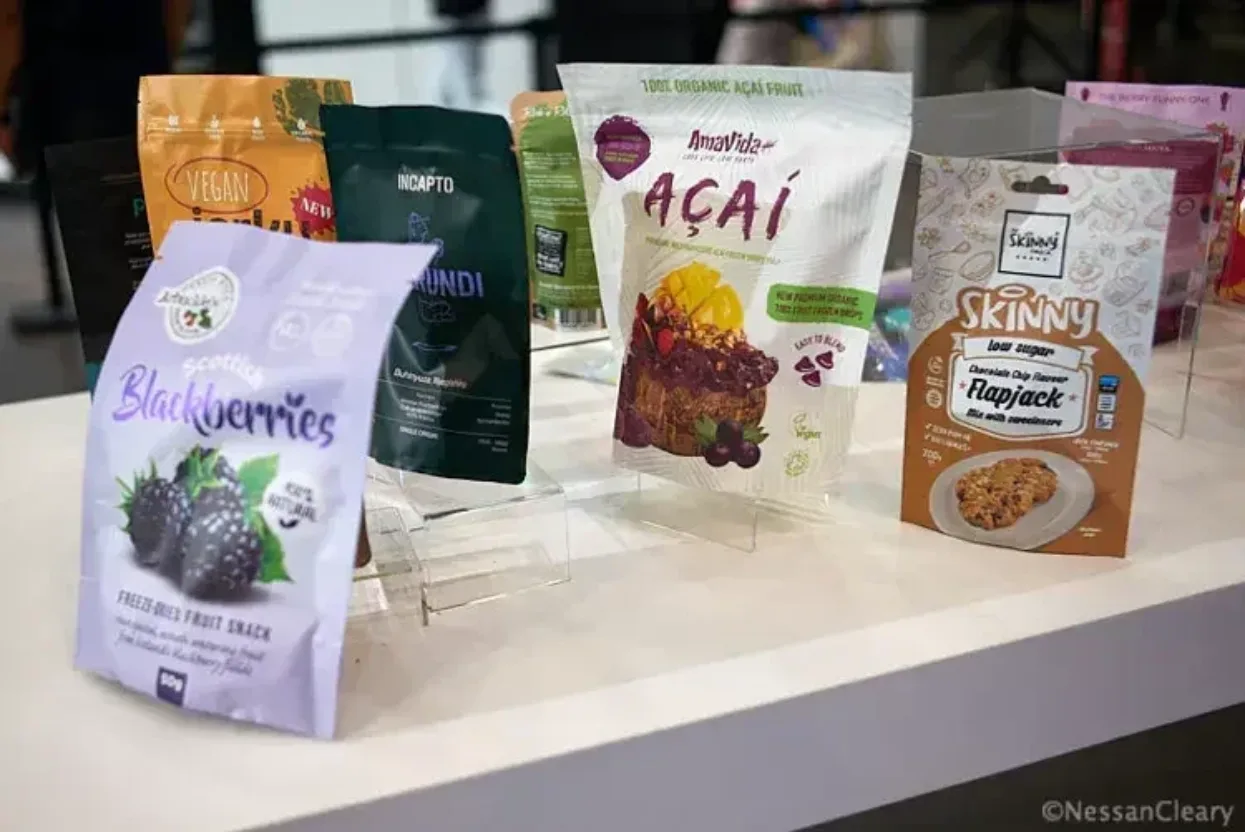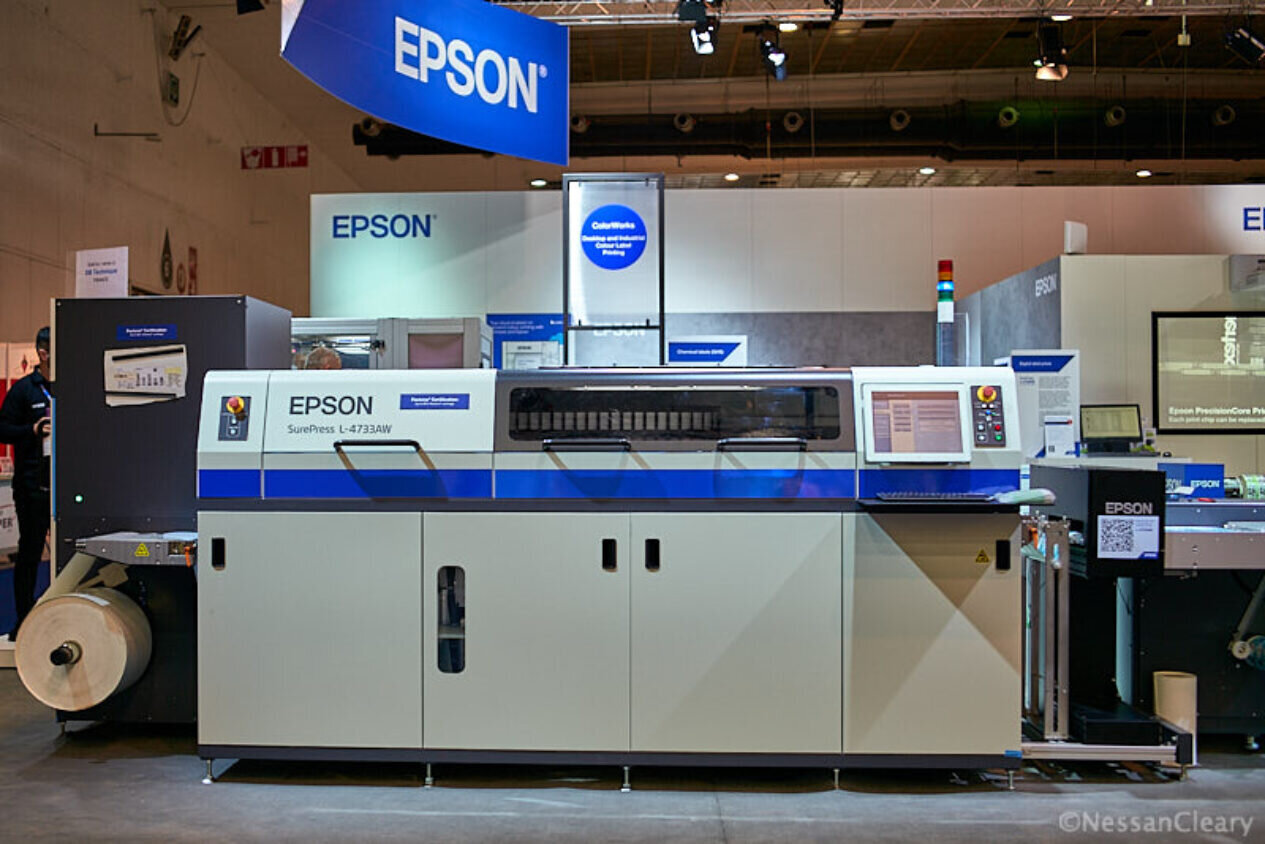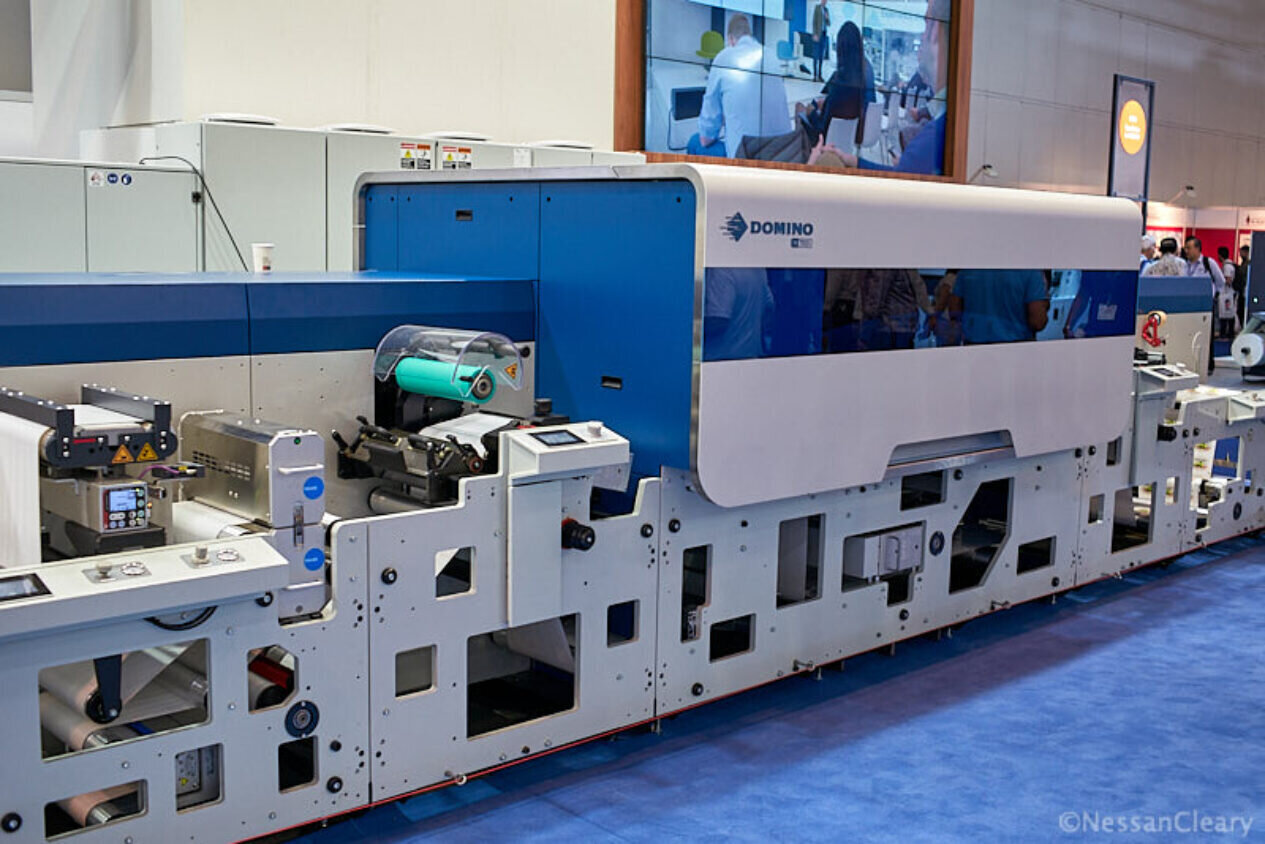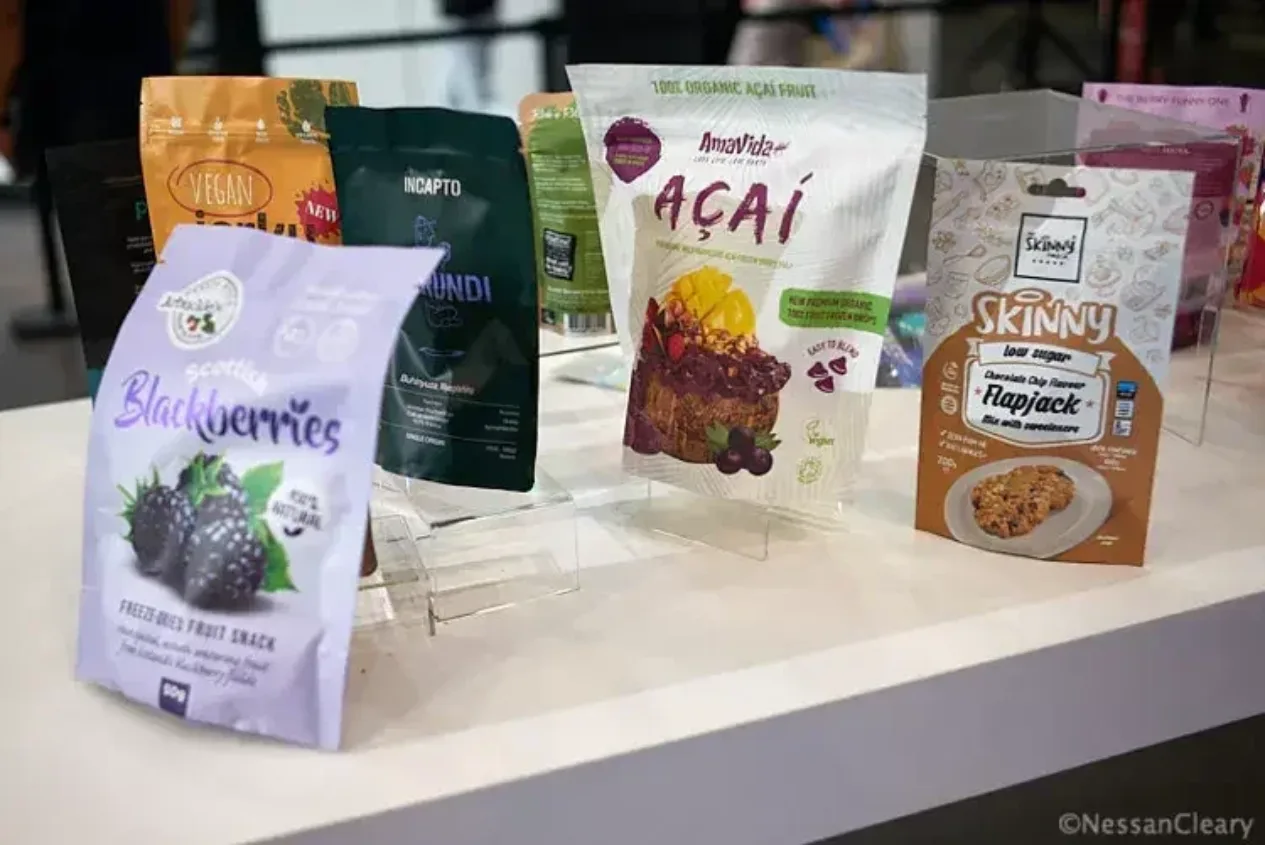
Nessan Cleary shares how short run label printing offers opportunities for large format businesses and how to determine which presses are the most suitable for your needs.
We’ve seen a growing number of label printers at recent FESPA exhibitions, which is partly because many large format vendors also make label presses. But the level of interest shown in these presses does indicate that many typical FESPA visitors are looking at the label market as a way to expand and diversify their businesses.
As with large format, there are a lot of different types of label presses. Leaving aside the analogue flexo presses, there are quite a number of digital devices, mainly inkjet but with some notable toner machines as well. These are all suitable for product labels, meaning high quality colour graphics, as opposed to secondary labels, which are mostly low resolution monochrome labels for shipping.
Before looking at the various presses, the first thing to determine is the business model, and what angle you’re going to compete on. That could be volume, in which case running cost and productivity are going to be important, or it could be high value items such as wine labels, where the substrate range, image quality and special effects are all going to matter. Equally you could aim for specific markets, such as food and cosmetics, where water-based inks might be more suitable than UV inks.
We’ve already covered the main issues to consider when buying a label press earlier this year so for this story we’ll go through some of the available machines. We can class the printers themselves into different market segments. There are too many label printers to list them all here so we’ll use some of the most common models to illustrate the different classes and the sort of features you can expect to find. The easiest way into the labelling market is through relatively simple desktop label printers that are often aimed directly at product manufacturers looking to produce their own labels in-house. Most of these will print to pre-die cut label rolls, which will limit the range of substrates you can use.
Epson's SurePress L4733AW uses a water-based resin ink

Epson, for example, sells the ColorWorks range of tabletop label printers which includes the C8000 series. This is a colour inkjet printer, using Epson’s own PrecisionCore printheads with a resolution of 600 x 1200 dpi. It can print at up to 300mm/sec.
AstroNova offers a number of different classes of label printers, including the tabletop T2-C, which has been designed as a compact high volume device. It offers 1600 dpi resolution and can print at up to 300mm/sec. It uses a dye-based ink, with a CMYK inkset.
Afinia makes the L901, which it claims can produce up to 100,000 labels per month. It uses Memjet Versapass print heads, with 1600 dpi resolution, also with CMYK inks. It takes label rolls up to 229mm wide and can print at up to 305mm/sec.
Afinia also makes the larger X350 label press, which is a freestanding but compact device designed to fit into a production line. It uses Memjet’s more recent DuraFlex printheads with 1600 dpi resolution, running at up to 45mpm. It runs water-based pigment inks that allows it to print to a good range of substrates, including some flexible packaging, up to 350mm wide.
Light industrial
There are a number of printers that offer the sort of robustness that you would expect from an industrial machine that could be running continuous shifts every day but for a much lower cost than a high volume press. Typically these light production presses have modest throughputs but are still suitable for very short run jobs and low volume operations.
Konica Minolta has had considerable success with its AccurioLabel 230, which uses dry toner rather than inkjet, allowing it to handle a very wide range of label substrates. It’s relatively slow, with a maximum speed of around 23 mpm, but still good value for money. The company also sells a faster model, the AL 400 that can produce around 40mpm.
Epson makes the SurePress L4000 series, which use a water-based resin ink that is also compliant with indirect food use certification. The latest L-4733AW gained a new AQ T4 inkset, which consists of CMYKOG plus white, as well as more automation. It runs at 8.2mpm and uses Epson printheads to produce 720 x 1440 dpi resolution.
High production
Although digital label presses initially target short run label work, many press vendors are now directly targeting the flexo press market. This requires a minimum speed around 70mpm, or better still 100mpm.
Domino's N730i label press uses Brother printheads

Domino, for example, has developed the N610i, which prints at 600 dpi resolution and has been widely rebadged by other vendors. Domino’s latest label press, the N730i, uses printheads from its parent company, Brother. This offers 1200 dpi resolution and a top speed of 70mpm. It has a print width of 340mm and can print six colour plus white.
Gallus, which is owned by Heidelberg, sells the Gallus One, an inkjet press that is built on the chassis of its flexo LabelMaster press, meaning that it can use all of the flexo converting units. It runs at up to 70mpm, with 1200 dpi resolution and uses CMYK plus white but with space for more colours.
Bobst, which also sells a range of flexo presses, has developed the Digital Expert 340 inkjet press, which is based on its Digital Master flexo platform so that it can also be configured as a hybrid press. It offers 1200 dpi resolution and runs at 65mpm but can be upgraded to 100mpm through a license key.
Durst was one of the first companies to show a label press at a Fespa show. It’s top range Tau RSCi can print at 100mpm at 1200 dpi resolution. There’s a choice of print widths of 330, 420 and 510mm.
Printing pouches on a narrow web press is becoming more popular.

And then there is HP, which sells a number of Indigo liquid toner presses covering both label and flexible film packaging. This includes the V12, which is currently the fastest digital label press with a maximum production speed of 120mpm. HP claims that it can produce up to 130,000 linear metres per day with one operator.
Conclusion
There are two further points to consider. You will obviously need a front end ordering system and back end workflow. Ideally, your existing large format system should be able to cope with labelling but you may need some additional work to ensure everything runs smoothly. And of course your existing large format supplier is probably a good place to start your journey into labelling.
You will also need some form of label finishing, either online or standalone, to create a complete labelling production line. Several vendors offer an all-in-one finishing unit that includes a number of different effects, but that’s really a separate story.
Ultimately, there are far too many digital label presses to list in a single story, which demonstrates that there is a high demand for short run labelling, mainly as brands look to capitalise on versioning and targeted marketing campaigns.
To discover the latest content that covers a wide range of sectors including label printing and digital sign up for FESPA’s free monthly newsletter FESPA World available in English, Spanish and German.